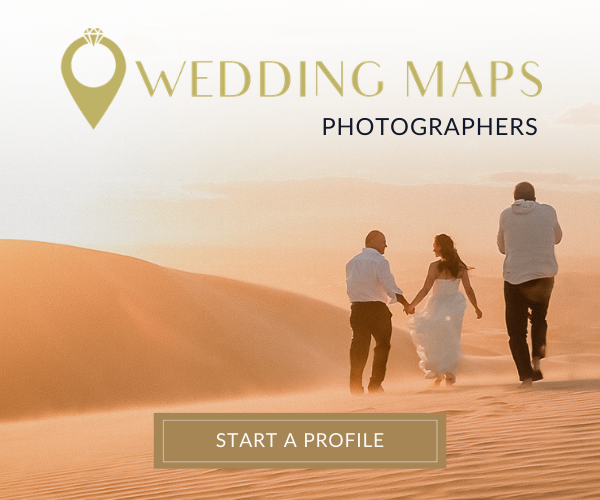What is the Exposure Triangle?
The exposure triangle consists of three camera settings: 1) shutter speed, 2) aperture, and 3) ISO. Understanding the 3 components of the Exposure Triangle and how they work together will give you a mastery of technical and artistic control over your image.

Shutter Speed
The shutter speed controls the duration of light that reaches the sensor. When you take a picture the shutter door opens, revealing the sensor for a duration of time that you or the camera chooses, then closes. The duration is measured in seconds or fractions of seconds, for example: 10, 2, 1/200, 1/4000. Note that 1/500th is faster than 1/30th, therefore 1/500th allows less light to reach the sensor.

When you are choosing a shutter speed you can choose whether you want to freeze or show motion. The higher the shutter speed to more frozen the action is going to, the slower the shutter speed the more evident the motion will be in your image.

The artistic component of shutter speed is deciding whether you want freeze or show motion. For example, to capture a sharp image of a moving subject, you would want to increase shutter speed to freeze motion. On the flip side, slowing down the shutter speed will show movement in your image, as seen in the image above.
Aperture
You can think of aperture as the pupil of the lens. By widening or narrowing itself, the aperture controls the amount of light that reaches the sensor. Aperture is measured in fractions or f-stops, like 1/2.8 or 1/4, but lenses will only show the denominator: 2.8, 4, 5.6, 8, etc. This is why the lower the aperture number, the wider the aperture gets.

The artistic component of aperture has to do with depth of field. A wider aperture setting (f/1.2 to f/2.8) will produce a shallow depth of field, while a narrow aperture setting (f/4-f/22) will increase depth of field. With a shallow depth of field, you’ll quickly notice more separation between the subjects in focus and the blurry background. If you want more of the details in a scene to remain in focus, you’ll need to close or stop down your aperture for a wider depth of field.
ISO
ISO is a measurement representing the sensors sensitivity to light. The higher the ISO number the more sensitive your sensor will be to light, which means that at higher ISO’s you would require less light to get to a proper exposure. This is useful in cases where you would want to use a higher shutter speed, or a narrow aperture. The downside to using higher ISO’s is that your image will have more grain and noise in it. The higher the ISO, the more destructive the noise will be.

Nowadays cameras are capable of achieving phenomenally high ISO’s with little penalty from noise and grain. This means photographers now have more creative opportunities when shooting in the dark. The comparison above was shot with a Sony a7S, and although ISO 409600 is an unusable image, the ISO 102400 image looks fantastic.

Like the other settings in the exposure triangle, ISO also has an artistic component. In terms of artistry, ISO controls the amount of detail and color in an image. If you shoot at the lowest native ISO setting for your camera (which you can look up online), you will yield the maximum amount of detail, dynamic range, and color possible for your camera body.
There are occasions in which it may make sense to intentionally shoot at higher ISO settings for artistic effect. Some scenes or sessions have a softer, more vintage appeal, and it’s in these situations that I shoot at a higher ISO to add a subtle bit of graininess and softer detail to the images. Some people may wonder, “Why not just replicate the look of film with a preset?” Yes, you can do this and it’s a solid option; however, in my experience, I have found that when I shoot with a higher ISO with the artistic component in mind, I get much more organic results when I apply the final look in post production.
Exposure Triangle At Night
Along with trying to get tack-sharp images, getting the right exposure while shooting at night is one of the biggest challenges to overcome.
When shooting at night, the elements within the exposure triangle will be pushed to the limit. The high ISO needed to capture an adequate amount of light will introduce plenty of grain/noise, the shallow aperture will limit the depth of field (luckily, the stars won’t be too affected by this in your image due to their distance and size; ultra-wide lenses with an f/2.8 aperture can appear sharp at night from infinite to 3-5 yards away while medium lenses with an f/1.4 aperture can appear sharp at night from infinite to 5-10 yards away), and slow shutter speed could cause motion blur (even when the camera is placed on a tripod) due to the earth’s rotation.
The downside of using a high ISO is the inability to cleanly make adjustments to the shadows during post. Dynamic range is limited, and this is one area where image quality can suffer. The downside for using a very slow shutter speed includes the introduction of thermal noise (which appears as tiny dots) and motion blur caused by the earth’s rotation (as mentioned before). While the star trails caused by the blur can be used for creative effect, they’re not always wanted.
Related Articles to Exposure Triangle Definition

The Basics of Aperture Guide, Pt. 1: How Is Aperture Measured?








